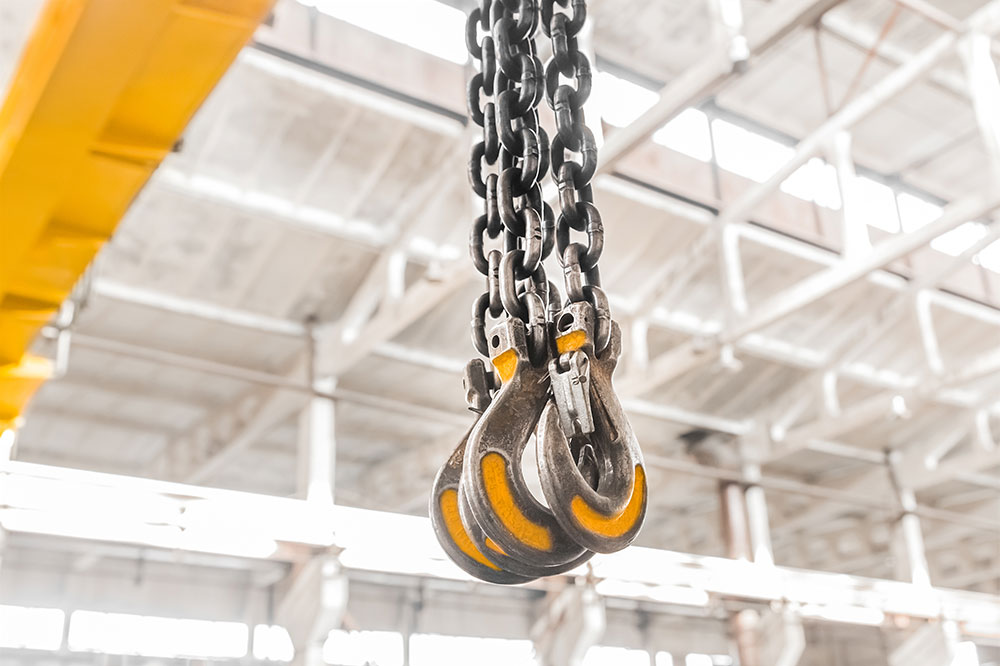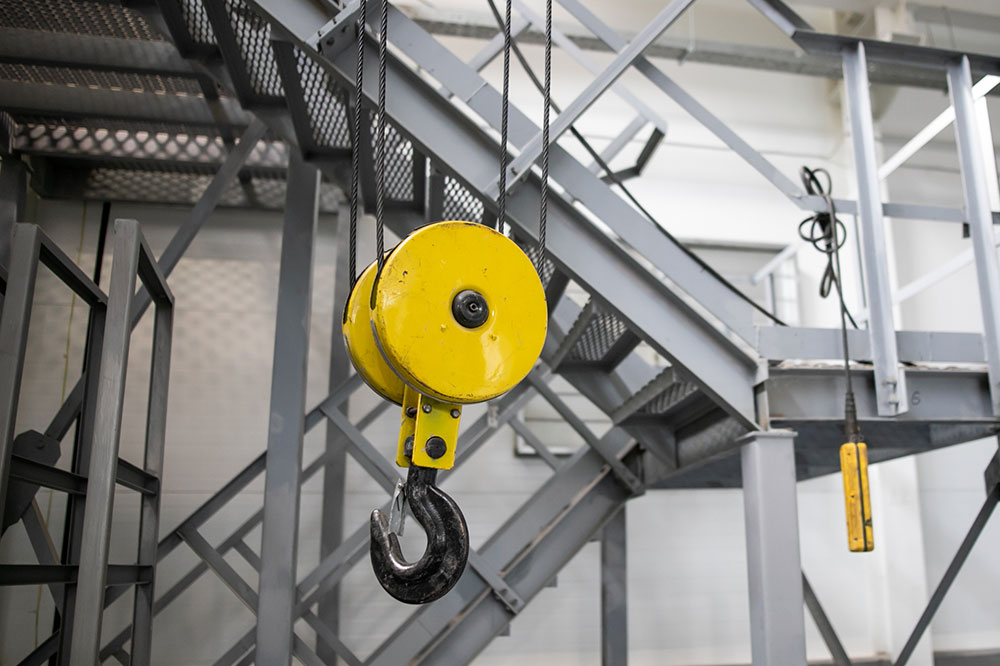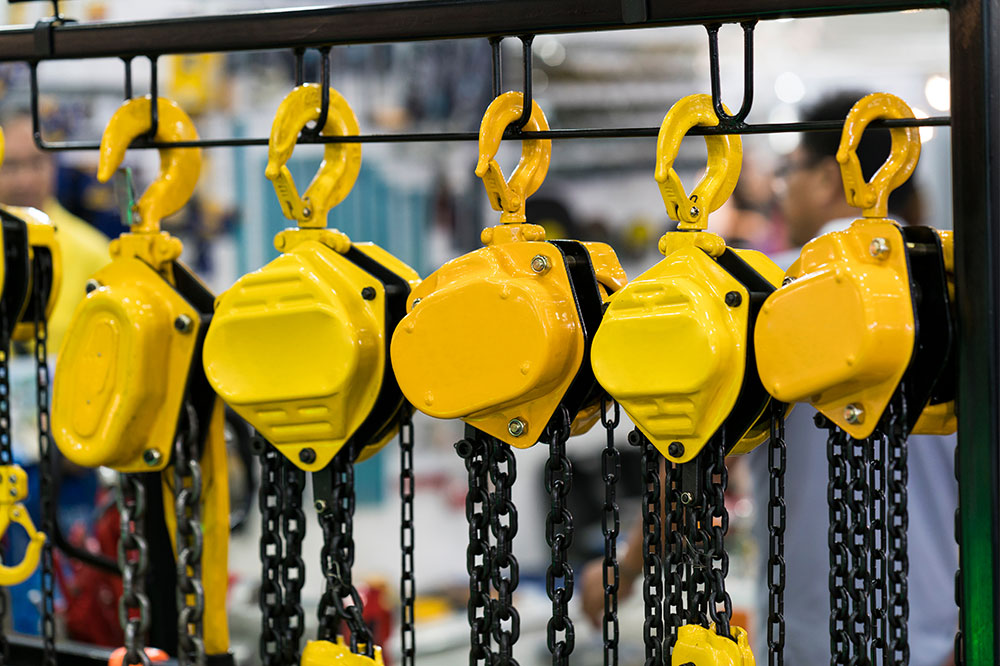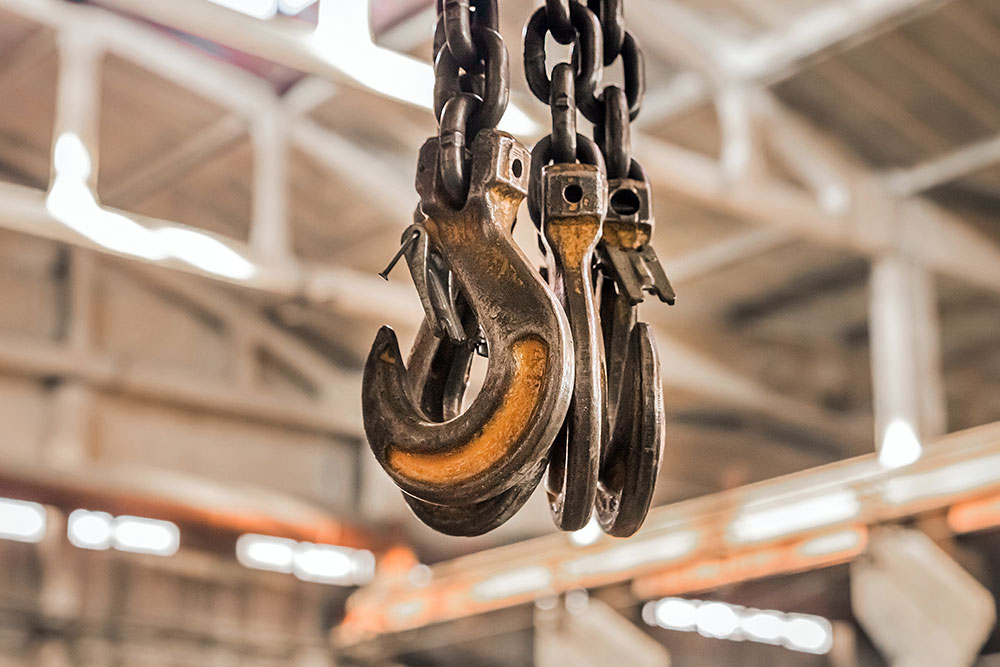Essential Guide to Lifting and Handling Equipment
This comprehensive guide provides essential information on hoisting and lifting equipment, including types, industry applications, safety tips, and benefits. It highlights how these tools are vital for heavy load handling in diverse sectors, emphasizing their versatility, safety, and cost-efficiency. Perfect for professionals seeking to understand or select the right hoisting solutions for their operations.

Essential Guide to Lifting and Handling Equipment
Lifting devices, commonly known as hoisting equipment, are used to elevate loads using wire ropes or chains. These lifts are typically integrated with workstation or overhead cranes. Operators can control their movement via wireless remote controls, wired panels, or manual methods. Continue reading to learn key details about hoisting tools.
What is a material hoist?
A material hoist is a device designed to transport or hoist heavy items. Variations include manual lever-operated models and electrical hydraulic types, which can be pendant-controlled or fixed to movable bases.
While different hoists operate in various ways, safety precautions should be consistent across all types. Following manufacturer instructions is highly recommended when handling any hoisting equipment.
Industries Utilizing Lifting Equipment
These tools are crucial for lifting and positioning heavy objects in major industries such as warehousing, manufacturing, automotive, steel production, paper mills, chemicals, and printing. They are also used in sectors like mining, aerospace, marine, construction, medical, and logging.
Categories of lifting equipment
Below is an overview of common types of hoists.
Powered Hoists
Available in hydraulic, pneumatic, and electric variants, powered hoists are known for their rapid lifting speeds, high load capacities, and operation via controllers or pendant controls.
Manual Hoists
Also called chain hoists, these are hand-operated and use chains—load chains support the weight while hand chains control lifting and lowering. Manual hoists are portable, budget-friendly, and simple but may require more effort and time for heavy loads, and are more susceptible to wear.
Advantages of Hoisting Equipment
These tools are highly versatile and portable, making them suitable for outdoor and indoor use. They can be tailored for different load requirements, cost less to maintain, and promote safer operations.





